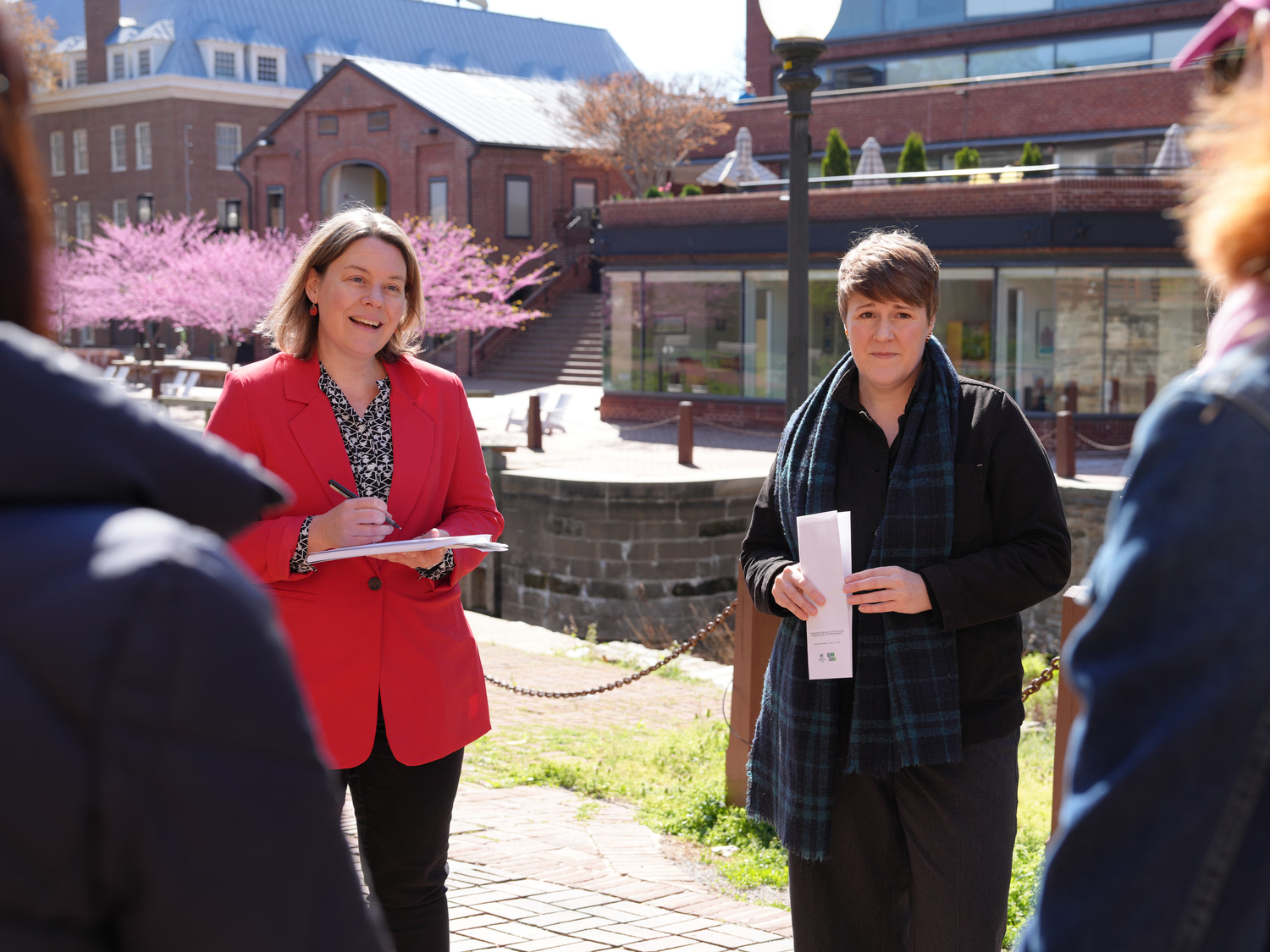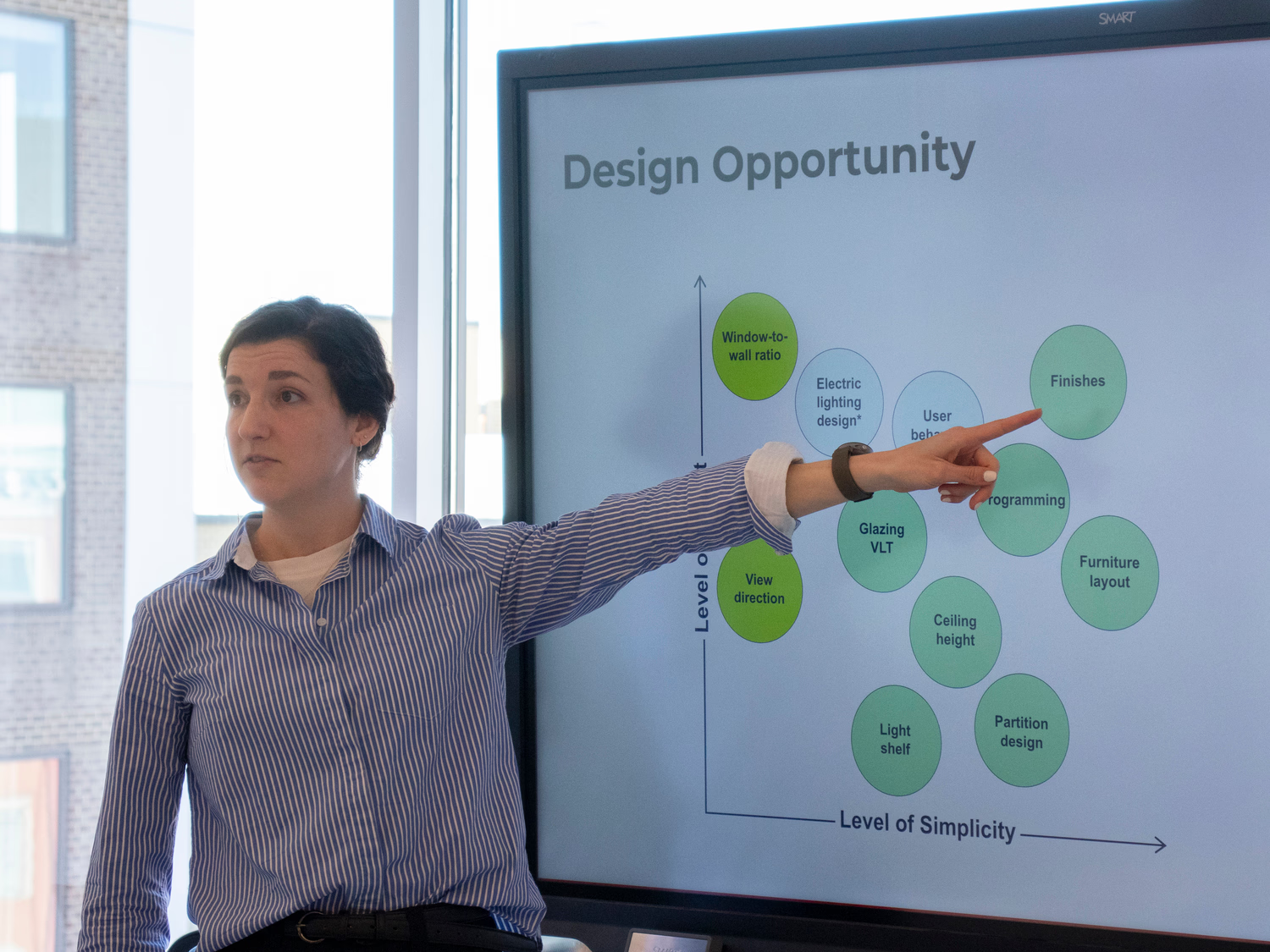Wellbeing is shaped by the places in which people live and gather. Through revitalization and adaptive use of existing buildings, and dynamic new developments and infill projects, we transform and revitalize communities. From innovative mixed-use to modernized civic centers, we see every project as a catalyst of possibility and better quality of life.
Taking into consideration the impact climate change will have on affordable housing, provides an opportunity to reflect on the importance and pressing relevance of sustainability in our affordable housing work.
Sustainability is particularly important in affordable housing because of the stability that is created by building healthy, safe, and accessible places to live. And sustainability helps improve the resilience to the volatility of climate changes and increases in utility costs. It also enables our cities to preserve access to affordable and equitable housing that doesn’t displace people or disrupt communities.
Regardless of the size or scope of the project we incorporate sustainable building strategies throughout all of our projects and track energy performance as part of our AIA 2030 Commitment. These strategies help reduce energy and water use and make healthy homes with good air quality. Using principles from the Passive House building standards we are constantly looking at ways to construct our buildings with better/tighter envelopes that require less energy to provide comfortable and healthy environments. Simple revisions to construction details can tighten up the building envelope considerably and improve the overall building performance without adding cost to the project. For example, making sure that the insulation is installed properly and that all floor and wall assemblies are properly draft-stopped and sealed create a better performing and healthier building.
QE has been putting this approach into practice, and the results are clear. At Restoration Gardens II, a 42 studio unit project that provides housing and services for homeless teenagers and young adults age 18-24 and was completed in August of 2018, led to a 25% total energy reduction per unit compared to Restoration Gardens I completed eight years prior. This saves the owner, Empire Homes of Maryland, more than $12k in annually in utility costs which they are able to turn directly into programs to support the teenage residents. Quinn Evans is also proud to have worked with The Community Builders on both the City view at McCulloh and Monument East projects in Baltimore to support the client in rehabilitating existing senior apartment buildings to make quality affordable homes that are healthier, more energy efficient, and resilient. And these energy efficiency efforts are paying off. The renovation of the twin high rise towers at McCulloh resulted in a 42% improvement over pre-construction blower door test results. Monument East, another high rise multi-family project, completed in February 2020, resulted in a 48.5% improvement in blower door testing with the units and a 30% overall energy savings.
What more can be done to further improve sustainability in affordable housing? At Quinn Evans we conduct post occupancy evaluations to continue to learn from our projects even after they’re built. This helps make sure the building is operating efficiently and that our design meets the needs of the occupants. This process is facilitated by more data from building metering systems long after the building is put into service as well as regular resident surveys. We hope to continue the work and learn from our clients, tenants, and communities to make great and affordable homes.



.avif)





